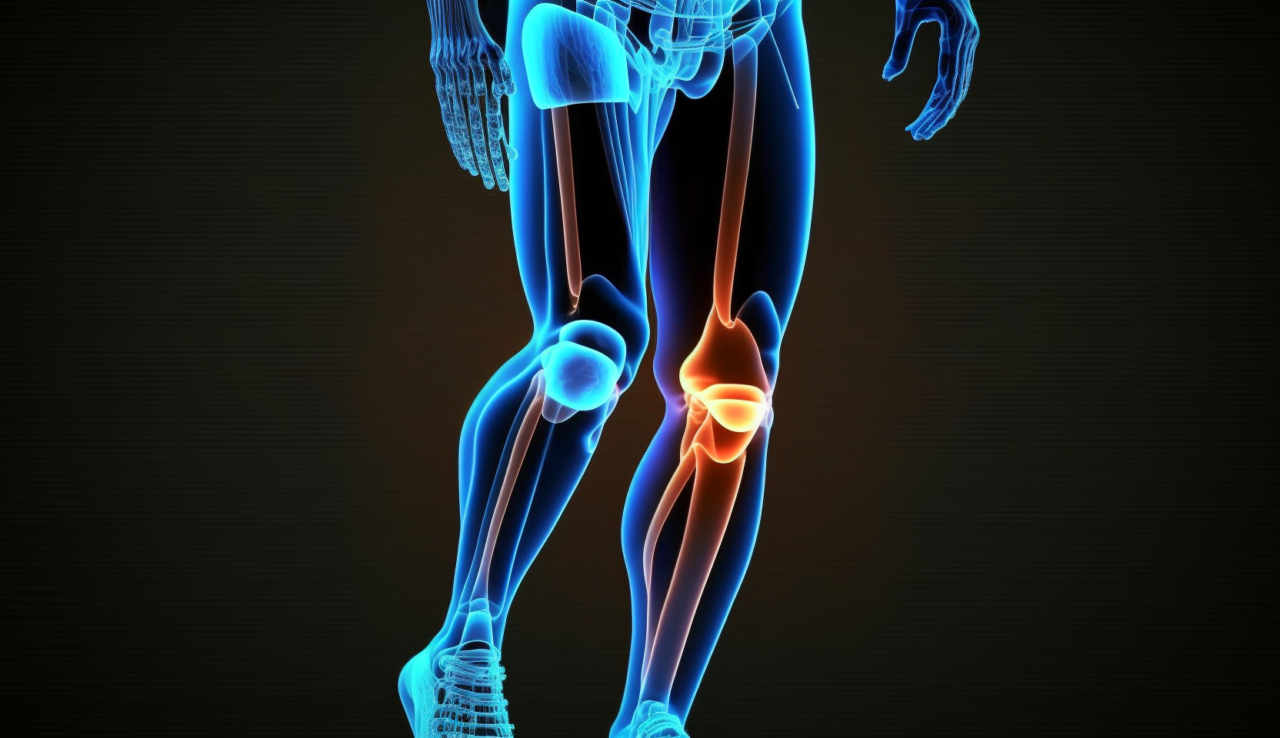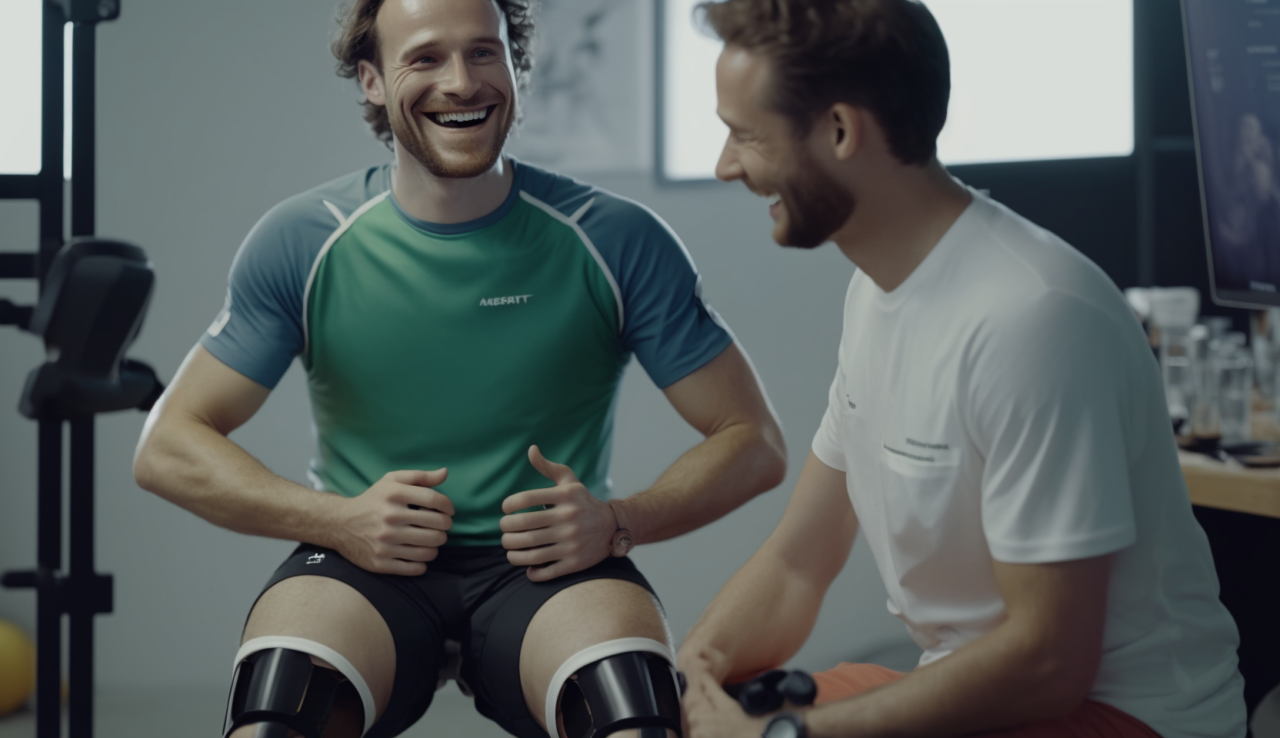The anterior cruciate ligament (ACL) is a strong and essential fibrous tissue in the knee joint that helps maintain balance and stability. It can be damaged or torn due to intense sports activities or sudden incorrect movements.
Symptoms of ACL Injuries:
• Sudden severe pain
• Popping sensation in the knee joint
• Stiffness and swelling in the joint
• Difficulty moving

Individuals who sustain ACL injuries are more susceptible to joint degeneration and inflammation in the future. However, proper exercise technique and avoiding inward knee movement can help prevent such injuries. Strengthening exercises for the core, pelvic floor, and leg muscles, supervised by a qualified trainer, can also help.
Conservative Treatment: Initial conservative treatment can help alleviate pain and swelling by:
• Rest
• Using pain relievers and cold compresses
• Applying a compression bandage around the knee to limit joint movement
• Elevating the injured limb
Physical therapy can aid in regaining proper knee movement.
Surgical Treatment: A physician may recommend surgery for:
• Athletes who wish to continue participating in sports
• Injuries involving multiple knee ligaments
• Severe discomfort during daily activities.
It is essential to undergo surgical intervention as soon as possible, as determined by the physician, and not neglect the injury, as it can worsen over time, affecting daily activities.

In the case of non-surgical treatment, a physical therapist may implement a functional rehabilitation program that emphasizes restoring strength, balance, proprioception, and agility. This approach can help patients return to their daily activities and sports while minimizing the risk of future ACL injuries.
Physical therapists play a vital role in the rehabilitation and recovery process following an ACL injury. They can develop individualized treatment plans, including exercises to regain strength, flexibility, and range of motion. Additionally, physical therapists can provide education on proper movement techniques and strategies for preventing reinjury.
For those who undergo surgical treatment, post-surgical rehabilitation is essential to optimize recovery. This process may include a combination of manual therapy, therapeutic exercises, and neuromuscular re-education to restore function, stability, and proprioception in the knee joint. Physical therapists can also work closely with the patient’s healthcare team to monitor progress and adjust treatment plans as needed to ensure the best possible outcome.
Furthermore, physical therapists can advise on appropriate bracing or assistive devices during the recovery process to provide additional support and protection for the knee joint. They can also educate patients on proper footwear and modifications to athletic activities to minimize the risk of re-injury.
In addition to rehabilitation, injury prevention is crucial for individuals who have experienced an ACL injury. Regular participation in a comprehensive strength and conditioning program, as well as incorporating balance and flexibility exercises, can help reduce the likelihood of future injuries. Finally, maintaining open communication with healthcare providers and physical therapists can help individuals identify potential risk factors and address them proactively to promote long-term joint health.
